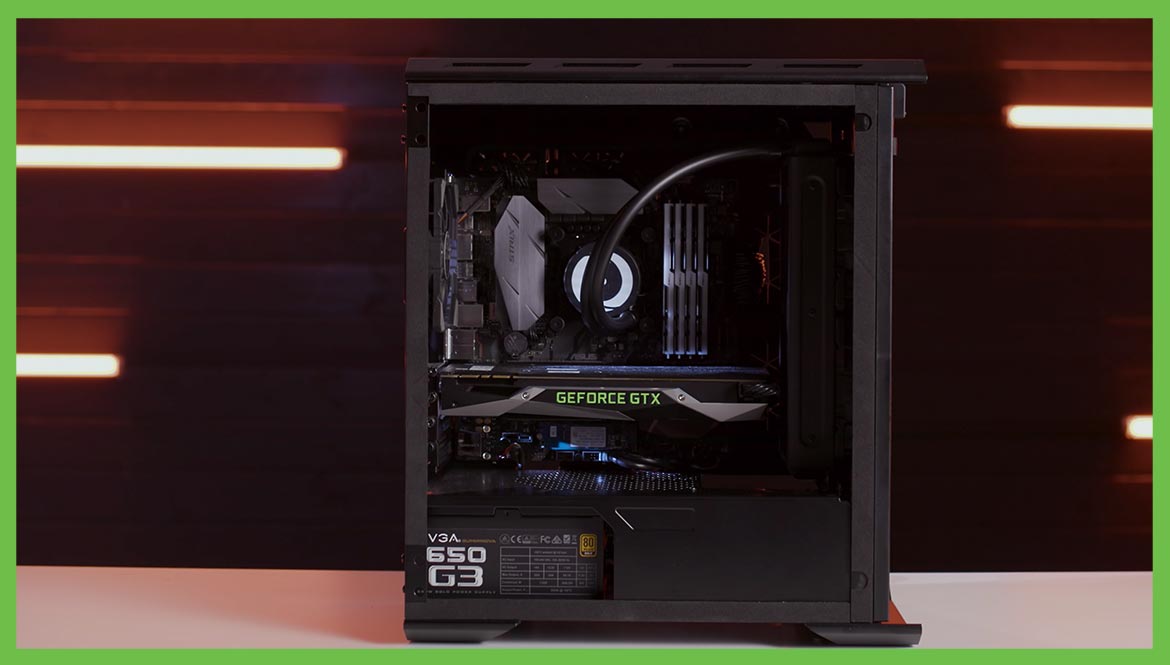Faster Faster Faster
With SSDs like Seagate’s FireCuda 510 you should find immediate, real-time benefits in the speed of your games. SSDs are known for fast boot-ups and short loading times, letting you get right to gaming and racking up achievements. Purchasing a new favorite game? Get ready for faster downloads and install times, all thanks to your SSD. Even menu-to-game transitions will get some extra pick-me-up when you invest in a SSD over a traditional HDD.
Plus, if you’re the type of gamer that likes to record or stream their gameplay, having SSDs to handle the processing power of multiple, heavy applications can be a huge blessing.
A common misconception is that a faster SSD or HDD will improve your gameplay and frame rate, but for this, you need to invest in upgrading your graphics card.
Finding the Right Match
The type of SSD you install into your gaming system depends on a couple of key factors.
First, you’re going to want to check your computer’s manual to learn if you have a SATA or a M.2 NVMe compatible motherboard. We love M.2 NVMe, which can run up to six times faster than SATA SSDs, but there’s no way to convert between formats, so make sure you are 100% before you invest.
Second, do you have space constraints? Have you built your own PC? Do you have a skinny laptop? Even if you have the processing power to handle certain SSDs, if there’s nowhere for it to slide in comfortably, you could be out of luck.
Speed Meets Space
Once you know the size and type of SSD that works with your system, try to maximize the speed. Simply put, faster is always better. Couple that with a high-capacity and you should be on your way to success. And remember, when your SSD approaches full capacity, the overall performance can start to decline—so don’t be afraid to get an SSD with more space than you think you’ll need, if it’s within your budget.
Inspect the Specs
A quick look at the Spec Sheet can give you an idea of the longevity of the drive you are investing in. From inspecting the warranty—a longer warranty is a good sign of a drive’s durability—to learning the SSD’s Total Bytes Written (TBW), you can get a strong estimate of how much life you are going to get out of your drive.
For example, the FireCuda 510 comes with the Seagate standard 5-year warranty and has 2,600 TBW, which means that well over 2,000 total terabytes can be written and rewritten on to the drive— which should be more than enough for standard usage.
Another strong indicator of long-term durability is Mean Time Between Failures (MTBF). MTBF averages the hours of a standard failure rate for normal operation. Anything over a million MTBF should be more than enough for your usage, and all FireCuda 510 capacities feature 1.8 million MTBF. That’s a lot of hours before a potential failure.
For more tips and tricks on how to optimize all your gaming needs, check out our additional videos at Inside Gaming with Seagate.
Thanks for reading and happy gaming ✌











